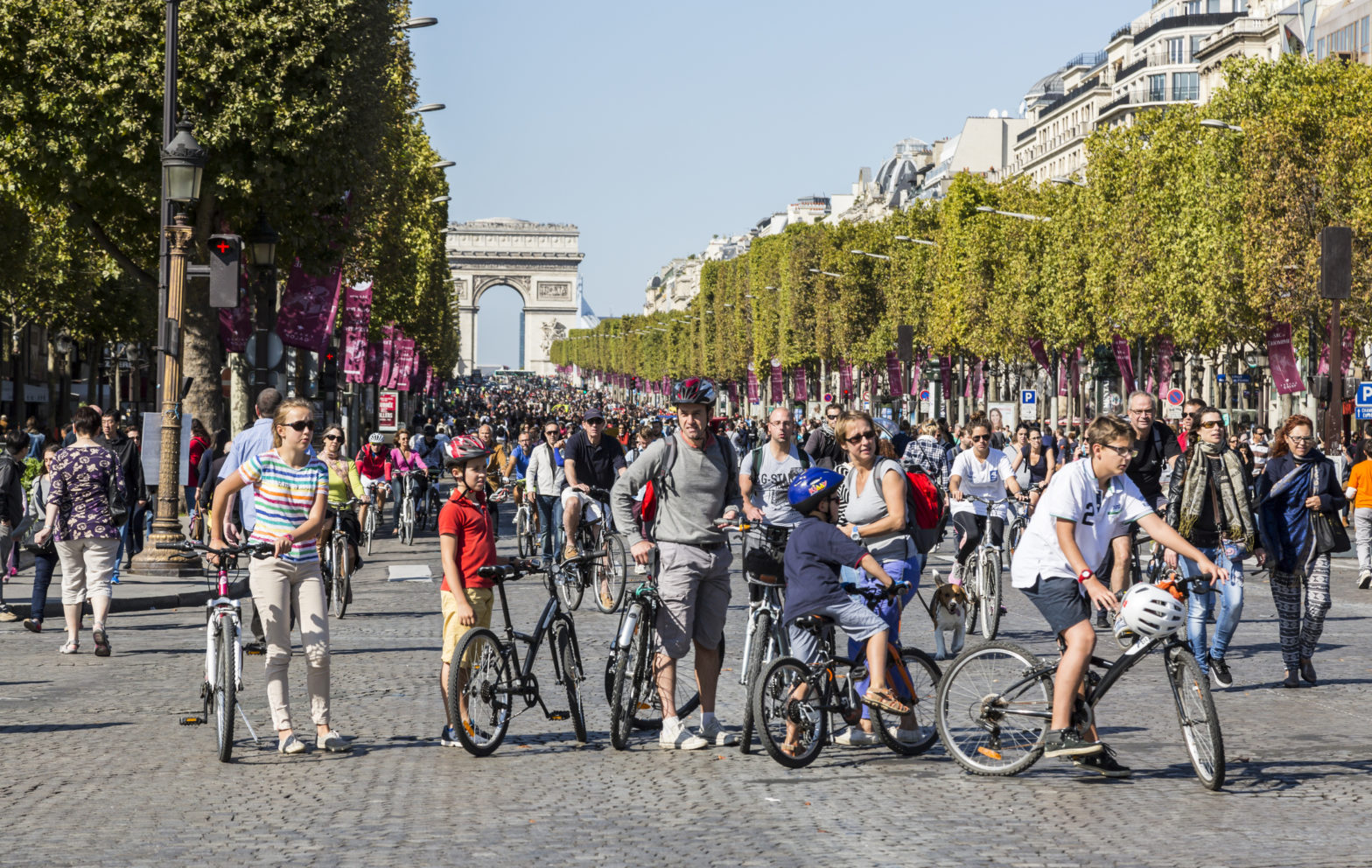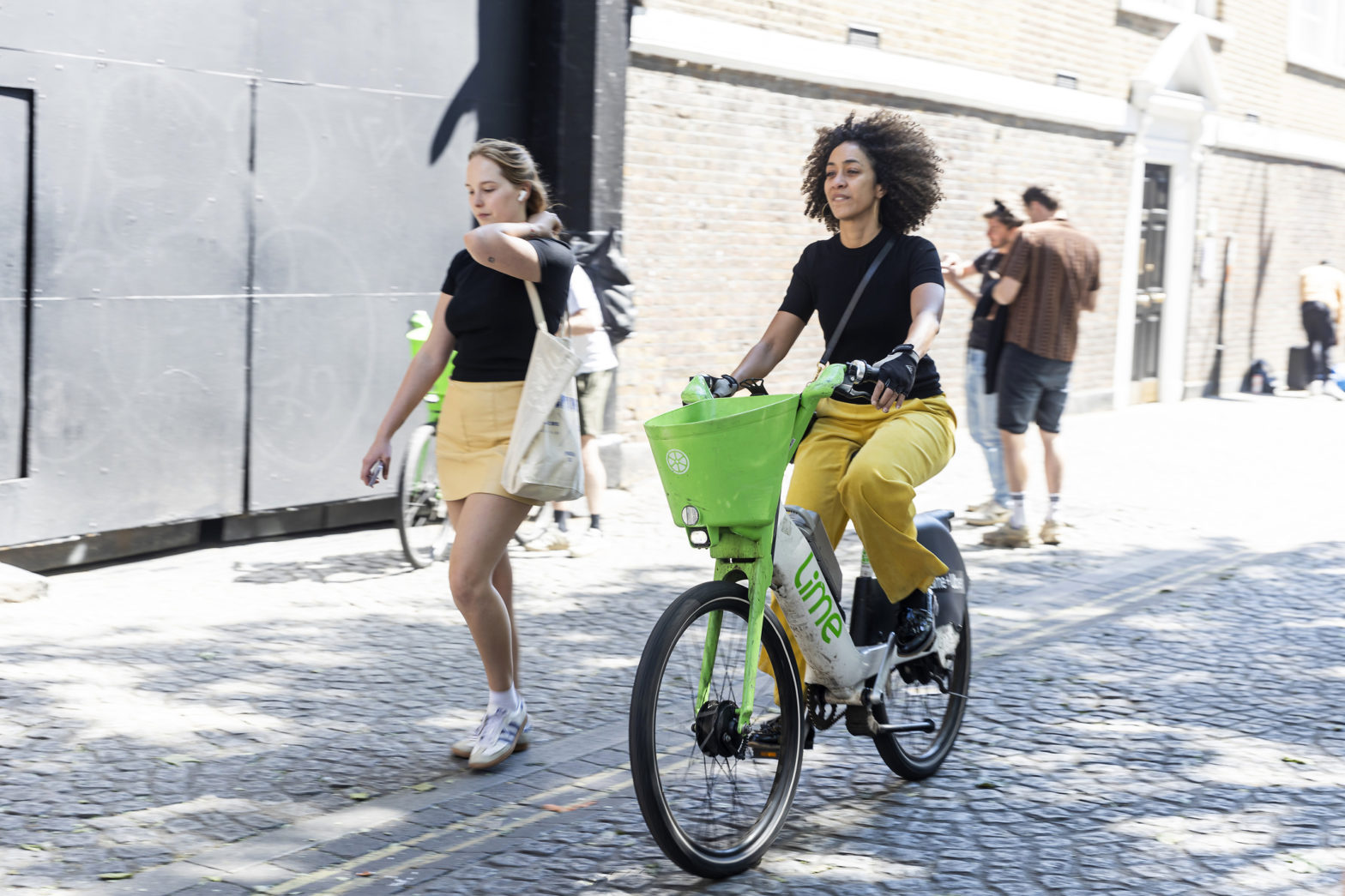
Paris tops ranking for child-friendly urban travel
19 May 2025
by William Thorpe
Paris has been ranked the most child-friendly city for urban mobility in Europe, according to a new analysis by the Clean Cities Campaign.
The French capital leads a list of 36 cities after rapidly expanding its protected cycling infrastructure, lowering speed limits, and introducing school streets near primary schools.
“The often-heard excuse that ‘we’re not Amsterdam’ no longer holds,” Jens Mueller, Deputy Director at Clean Cities, told Cities Today. “Paris proves that transformative change is possible in a relatively short time, even in cities that were not traditionally seen as cycling or walking friendly.”
The ranking is based on three indicators considered essential for child-friendly urban transport: school streets that limit car traffic near schools, physically protected cycle lanes, and city-wide 30 km/h speed limits.
Paris scored strongly across all three, with low-speed zones covering 89 per cent of its road network and cycling infrastructure now nearly matching the full length of city roads.

“This success is largely the result of sustained political leadership under Mayor Anne Hidalgo,” Mueller said. “Where once traffic was feared, Paris is now a case study that attracts visitors from across Europe eager to learn from its progress.”
Amsterdam, long viewed as a benchmark for sustainable mobility, came second overall, while cities like Antwerp, Brussels and Lyon were recognised for making rapid progress. Copenhagen performed well on cycling provision but scored lower due to limited adoption of low-speed zones. London, ranked 14th, was singled out for having implemented more school streets than any other city surveyed.
“Whether a city has a long tradition of sustainable mobility or is just getting started, success depends on political will and leadership,” said Mueller. “The right conditions for child-friendly mobility can be created anywhere.”
Cities lower in the ranking often reflect what Mueller described as “a legacy of car-centric urban planning that prioritised vehicles over people.” Clean Cities recommends that such cities start with cost-effective measures, such as school street schemes and 30 km/h limits, before investing in more extensive infrastructure.
Grassroots campaigns have also played a role in accelerating change.
“Often parents have been instrumental in raising awareness, building public support and pushing for action. Decision-makers need public backing to re-design our cities,” he added.
The report calls on national governments and the European Commission to strengthen legal frameworks, promote best practice and improve data collection to support safe, child-focused mobility across the continent.
Image: Radu Razvan Gheorghe | Dreamstime.com







